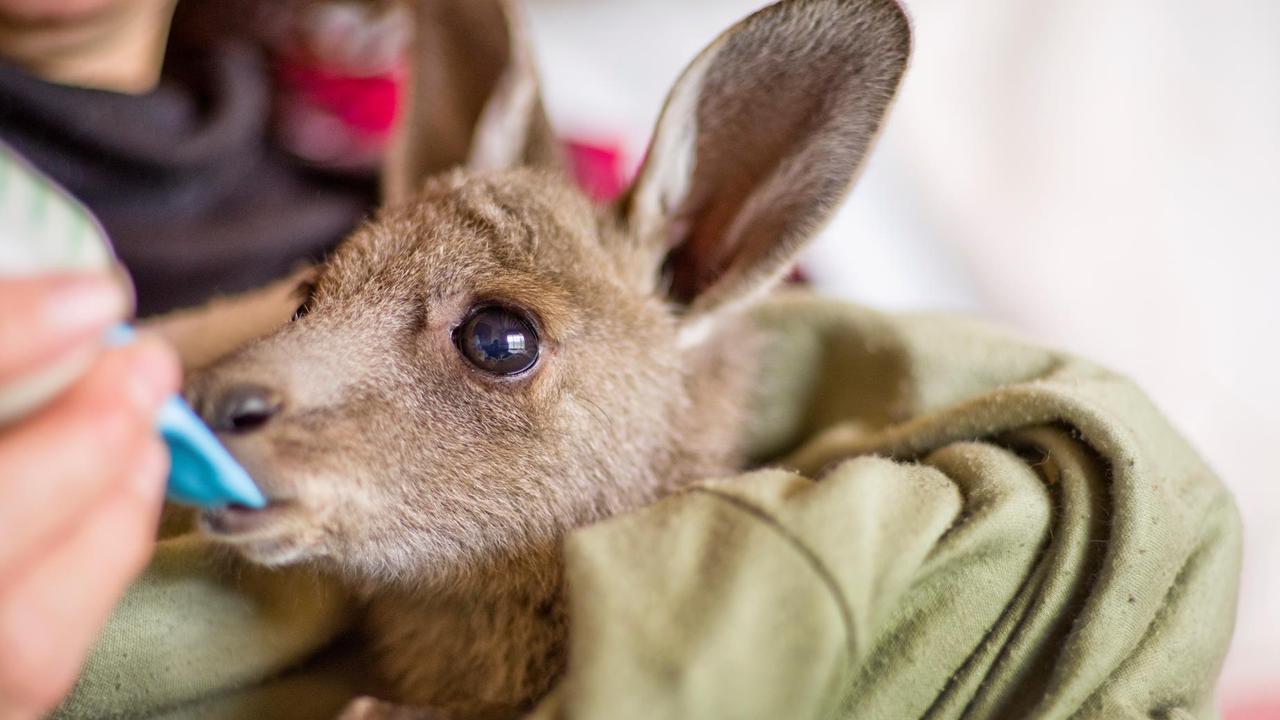How Australia celebrated the bicentenary in 1988
IT was going to be the biggest, glitziest Australia Day ever for our nation’s bicentennial. So did our ‘Celebration of a nation’ live up to the hype?
VIC News
Don't miss out on the headlines from VIC News. Followed categories will be added to My News.
IN 1988 we knew we had to produce our glitziest Australia Day ever for our nation’s bicentenary.
But the whole show was preceded by years of political and ideological brawling about how it should take place.
The government began priming the public for the big event with singers Rick Price and Keren Minshull leading a chorus of celebrities in the TV jingle Celebration of a Nation.
IS THIS THE DEATH OF THE BIOPIC?
HOUSEHOLD ITEMS YOU DON’T SEE ANY MORE
ADS YOU’D NEVER GET AWAY WITH NOW
Dressed like there had been an explosion in a Ken Done factory, with Uluru as a backdrop, they urged us in song to “make it great in ‘88”.
Australia Live
The salutes to Australia began on TV on January 1, 1988 with the ambitious Australia Live.
For the time, it was an incredible technological undertaking delivered in the slightly awkward, rough-and-ready style of live Aussie television.
Australia Live was intended to depict a day in Australia’s life and was broadcast on the Nine Network, the ABC, SBS and a swag of regional stations. It even got a run on Channel 4 in the UK and America’s A&E Network.
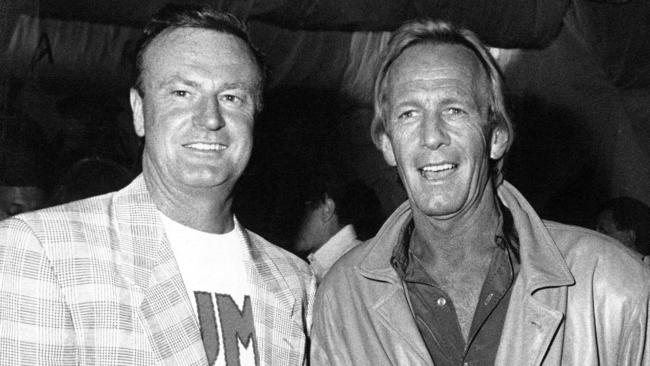
Jana Wendt, Ray Martin and ex-pat Clive James hosted the four-hour extravaganza with crosses via satellite to more than 70 locations from Thursday Island in Queensland, a carriage on the Indian Pacific, remote outback towns, The Lodge in Canberra, the Davis Antarctic base and space, for a chat with Soviet cosmonauts.
John Farnham, Australian of the Year?
On Australia Day singer John Farnham, riding high on the success of his comeback album, Whispering Jack, was named Australian of the Year.
Trouble was, London-born Farnham wasn’t naturalised.
A hasty citizenship ceremony just before the award averted disaster.
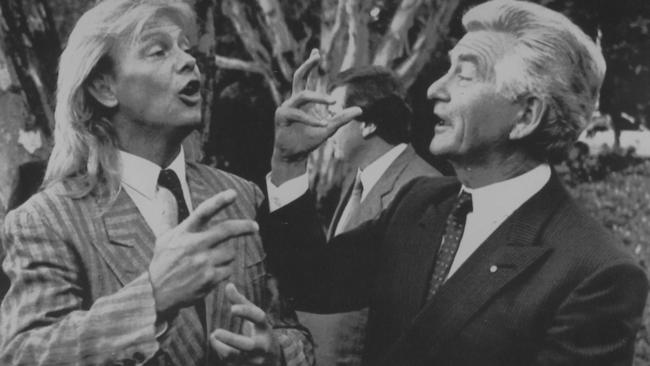
BIG AUSSIE BRAND IDEAS THAT BOMBED
First Fleet tall ships re-enactment
Then came the glamour portion of the bicentenary celebrations – the re-enactment of the arrival of the First Fleet.
The privately funded tall ship re-enactment re-traced the path of the First Fleet from Portsmouth in the UK to Sydney via Tenerife, Rio de Janeiro, Cape Town and Mauritius, but it was a troubled voyage.


The Hawke government declined to fund the re-enactment fearing indigenous people would be offended by it.
Money to sustain the journey ran out by Rio, with captains threatening to pull out, until a radiothon on Sydney radio station 2GB raised $900,000.
En route to Cape Town in the wee hours of August 22, 1987, First Mate Henrik Nielsen from the Anna Kristina fell overboard while adjusting a sail and was lost at sea.
Although the voyage made a substantial loss, it became the highlight of the bicentenary when 11 tall ships sailed spectacularly into Sydney Harbour on Australia Day, flanked by an estimated 3000 other vessels and witnessed by Prince Charles and Princess Diana.
Aboriginal rights protests
Not everyone was celebrating, though.
At the same time, an estimated 40,000 people marched through the streets of Sydney, with protests in other cities, demanding land rights for Aboriginal people.
The Uniting Church urged Australians to boycott bicentennial events unless indigenous rights were recognised.
Protests continued throughout the year.
Forty-three Arnhem Land artists combined to create the Aboriginal Memorial, which was first unveiled at the Sydney Biennale international art exhibition.
Its 200 timber poles, each painted in indigenous designs, represent the indigenous Australians who died as a result of European settlement. It’s housed within the National Gallery of Australia.
Some commentators suggested this was an attempt to whitewash the British from our history.
Little of the indigenous perspective was referenced in the official narrative but Prince Charles, speaking after the tall ships arrived on Australia Day, weighed in.
“If they (indigenous people) should say their predicament has not yet ended, it would be hard to know the answer, beyond suggesting that a country free enough to examine its own conscience is a land worth living in; a nation to be envied”.
World Expo 88
The bicentenary’s longest event was World Expo ’88 in Brisbane, when more than 15 million visitors stepped back in time to Sir Joh Bjelke Petersen’s Queensland to glimpse the future.
Expo was opened by the Queen on April 30.
Thirty-six nations including Australia, the USSR, China, the USA, the UK, Vanuatu, the Solomon Islands, Greece, India, West Germany and the Vatican City took part in an event that included Japanese gardens, an amusement park and a monorail.
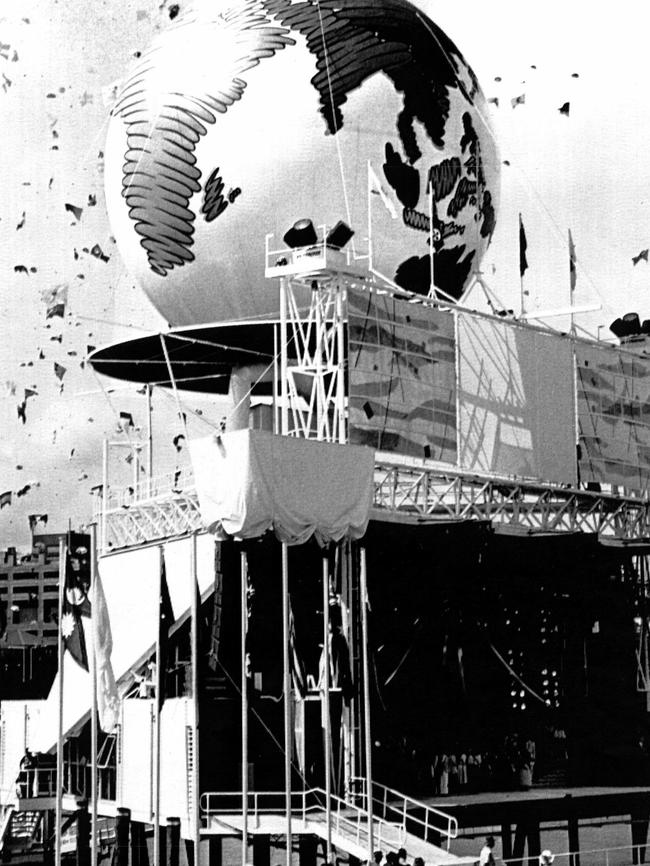
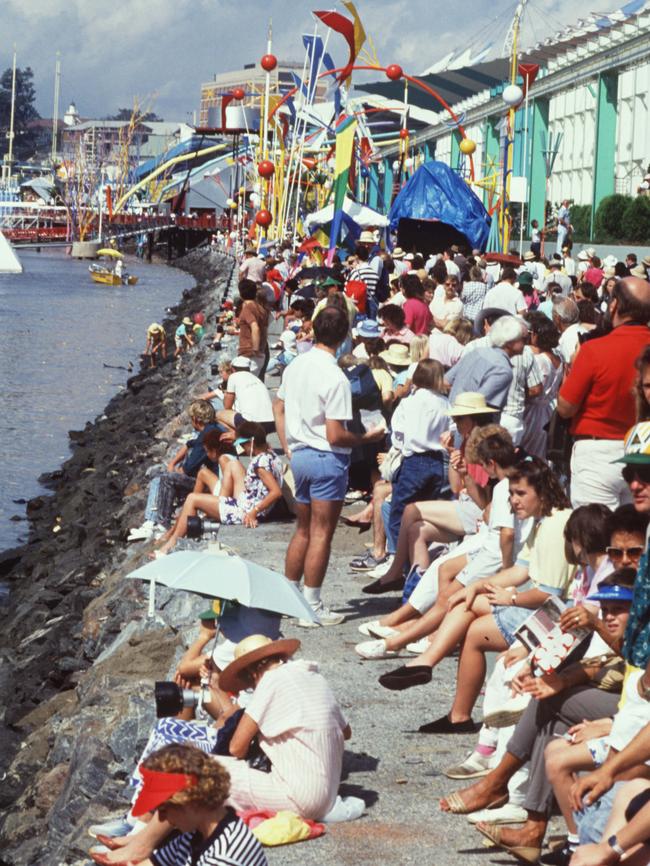
Highlights included Japan’s demonstration of high-definition TV (an Australian first), the Swiss pavilion’s artificial snow ski slope, New Zealand’s Footrot Flats animated show (the Kiwi cartoon strip’s 1987 film was a huge hit) and a hand-made peace pagoda in the Nepal pavilions.
In the ultimate nod to 1980s excess, the Americans brought KITT, the talking, gravity-defying supercar from the TV series Knight Rider.
The expo also produced Mental As Anything’s version of the Chuck Berry classic Rock ‘n’ Roll Music, which was recorded live on the Expo ’88 stage (and was sadly later linked to the abysmal film Young Einstein).
https://www.youtube.com/watch?v=ZYW5PHqBwgM
There wasn’t a whole lot in the bicentenary to write home about for people outside Sydney or Brisbane.
As worthy as it may have been, the Australian Bicentennial Exhibition of historical artefacts that toured the nation during 1988 paled in comparison to a close encounter with KITT.
Bicentennial medallion
All Australian schoolchildren were given a bicentennial heritage medallion, which was pretty humdrum.
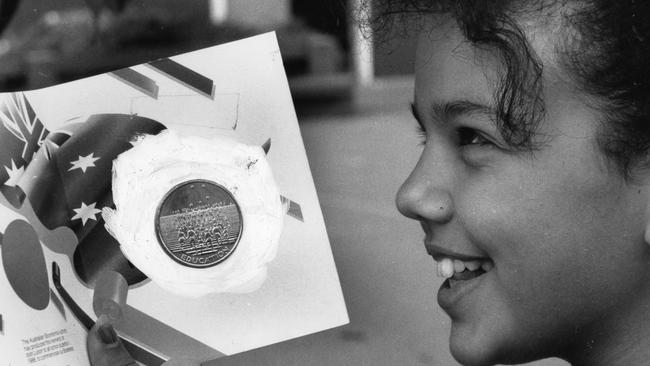
But, just like the pupils of today, everyone got a prize!
You can pick one up for a tick over $5 on eBay – still in its original packaging.
Other 1988 celebration events
March saw the launch of the trans-Australian hot air balloon race from Perth to Sydney for the bicentenary and, on May 9, the Queen opened our greatest monument to hot air, the long awaited new Parliament House in Canberra.
In June, a series of bonfires around the nation, the Bicentennial Beacons, was ignited to mark the anniversary.
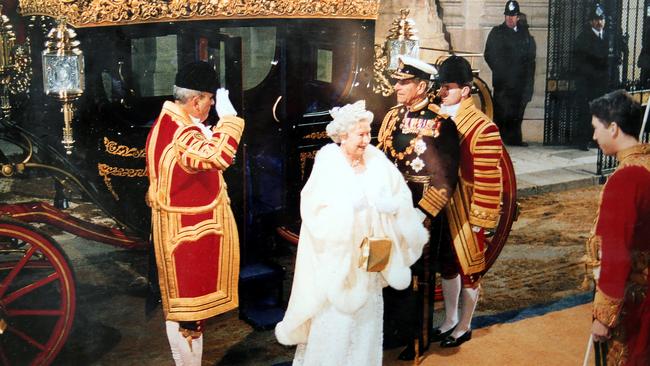
The golden wattle was proclaimed Australia’s floral emblem in September Hazel Hawke planted one in Canberra’s national botanic garden.
Melbourne’s Spencer Street Station was the centre of Aus Steam ’88 in October, an event with displays and steam tours featuring the famed British locomotive The Flying Scotsman and engines from Victoria, NSW and South Australia. It was a bonanza for train-spotters but, well, a bit tedious for the rest of us.
The women’s and youth cricket World Cup competitions were timed to coincide with the bicentenary. Hoi hum.
The Bicentennial National Trail, traversing the Great Dividing Range from Healesville to Cooktown, was declared in November. Yawn.
The Royal Melbourne Golf Club hosted the Bicentennial Classic. Rodger Davis defeated American Fred Couples in a play-off.
And thanks to a federal road development program, signs on main roads around Australia declared a slew of bicentennial road projects.
@JDwritesalot


